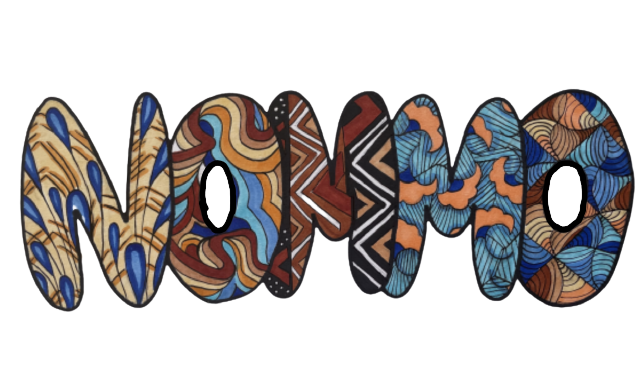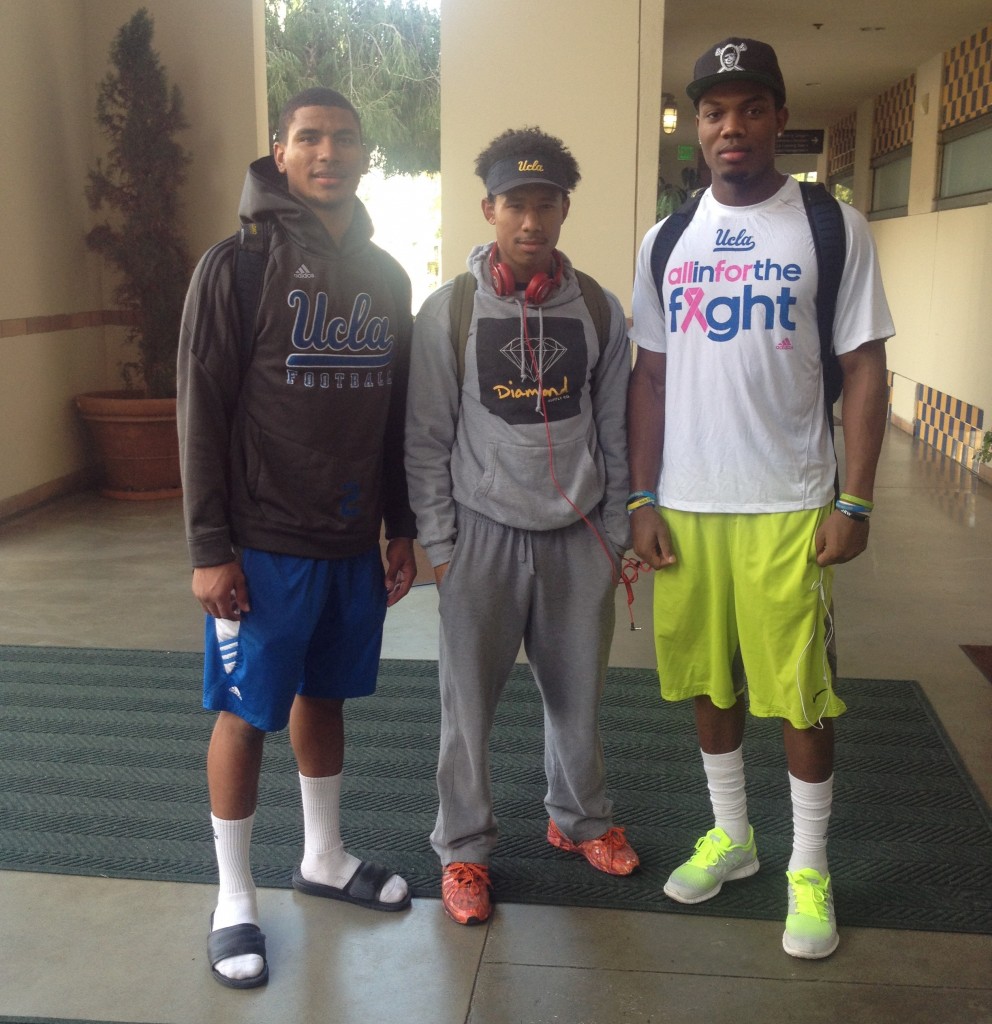To be a Black student on campus is to be both seen and unseen: seen in the sense of recognition as an outsider, yet unseen as the apparition of a true deserving Bruin.
With this, UCLA’s Afrikan-American community should be a congregated sanctuary; even-being true, the miniature community still stands divided.
Why aren’t UCLA’s Black students and student-athletes more involved with each other?
In 1966, Black student-athletes founded UCLA’s Afrikan Student Union (ASU) to promote acceptance of more students of Afrikan decent into UCLA. Forty-eight years later, not only are these student-athletes uninvolved with (their founded) ASU, there is now a division between the Black student-athlete and the Black student.
So why does UCLA’s Afrikan American community stand divided? Here are some of the myths revolving student-athletes and “regular” students of the Black community.
1. Regular students don’t believe Athletes are as intelligent as the “regular” students. Dawnielle Baucham, track athlete, recollects, “Do they have something against us? Two weeks ago a guy came up to me and asked me, ‘what’s up with all the Black students here being athletes?’ I was sort of insulted, like, I had to have a certain G.P.A to get into the school, they don’t accept [just] anyone – you have to meet the criteria.”
2. Athletes think students are arrogant. Robin Corruth, of the Women’s Softball team, states, “[Regular students] are always angry, they always look very mean – they look non-approachable”.
3. “Regular” students think student–athletes are pompous due to their athlete-related celebrity. Jor’el Jones, a non-athlete, states, “I think that there’s an ego portion to the problem – athletes have a ego due to being top-university athletes, and the students have an ego due to being scholars at UCLA. – this creates a separation.
Casting these rumors and prejudices into shadow, here are some of the facts.
Facts:
1. Student-athletes admire the non-athlete student body.
“I really do admire the fact that they were able to come to this prestigious university without, you know, being an athlete – that’s a great feeling,” says Dawnielle Baucham.
2. Student-Athletes’ schedules are constantly filled with sport related events.
Lacy Westbrook, a red shirt football sophomore, states that his days are comprised of, “Workouts, breakfast, meetings, practice, class…, then after-words you’ll have a meeting with your coaches or team meetings, then from there you’ll go to tutoring then you’re in your room doing homework, or sleep”.
Robin Corruth states that her days are comprised of being “On the softball field, in the classroom and studying in the library – [I dedicate] 19 hours a week to softball related activities.
All-the-while, Jor’el Jones, a regular student, confesses that he has, “All morning classes, Monday through Thursday my days start off early, I come back and relax until I feel its time too work again – then it repeats Monday through Thursday.”
3. Student athletes and regular students have different goals.
“I’ma keep it 100 wit’ you, sometimes, some of my friends in my clique feel as though it’s not a good idea to have a friend –that’s a non-student-athlete. [We] aren’t really the same, we’re two different types of people. The athletes’ life is always busy, we live in a different world, whereas a regular student is more focused on academics,” says Lacy Westbrook.
4. Student athlete’s want to refrain from being tied to one individual group, especially one tied simply to race.
“Athletes feel they should be more diverse than just the Afrikan population,” says softball player, Robin Corruth.
5. “There are no spaces that bring together both, athletes and students,” Cameron Crutison, third year, non-athlete.
With a vast majority of the 1,082 Black UCLA students being athletes, it is vital that this 3.8% of the student population ban together as one collated community. It is vital that the already small group of Black students ban together. When the “Westwood Bubble” bursts, we are all of the same community, facing the same issues. With comments as, “Sometimes it feels as though there aren’t that many of us here” (Lacy Westbrook), it is evident that athletes too, are aware of the small community. There needs to be a redefined unity between all Black students on campus.
Though time never seems to permit association, and goals differ amongst the standard scholars and student-athletes, the barrier dividing the Afrikan-American community must be bridged and destroyed – otherwise, our community’s interest will continue to be overlooked as we hold minimal numbers. With this, the question stands – How do we bridge the gap?
Author: Adar Carver
Nommo Staff

